Buddha's Birthday at Bongamsa Temple
In 2011, Buddha's Birthday (as celebrated in Korea) fell on May 10th, a Tuesday. Our singular day off was enough time to visit Bongamsa Temple, which is only open to the public one day a year for the occasion.
Barbara, Sam, and I took an exceedingly early morning bus out Mungyeon in central South Korea. The surrounding mountains were completely shrouded in mist at dawn.
It turns out that there isn't really a path to the temple so much as a road that one walks along. After a considerable distance, a Korean man, Kyungrae, offered us a ride, which we gratefully accepted. Even better, he guided us around the temple, sharing his knowledge of the iconography. His English is excellent, and when he asked who my favorite philosophers were he had actually read David Hume! He used to run a travel company and encouraged young Koreans to travel in the backpacking style and to try the local foods, which is far from the norms of Korean travel and is awesome.
The path to the temple passed over some pleasantly vine-covered bridges spanning a small river.
The mist remained on the mountain when we arrived. The temple was rather typical of Buddhist temple architecture and layout in Korea, though it was well decorated for the event.
The stairs to the higher levels of the temple complex in the back were surrounded by terraced flower gardens.
I always appreciate the strange elements of temple paintings, such as the extremely long arm seen here.
The guardian lions at this temple had some goofy expressions.
Kyungrae pointed out that the greatest enemy to wooden temples was fire, and that the water dragons atop the buildings symbolized protection against such disasters.
We saw a beautifully carved monk's grave, though one side had been damaged over the years.
I never got tired of the turtle-dragon memorial tablets seen all over Korea.
The painted winter scene was one of the most beautiful paintings I had seen at a temple, though some of the stranger ones were more memorable.
I had never noticed before that the wooden dragon frequently present in the eves of temples pokes through the wall to be half on each side.
Other rafters also looked like dragons.
There was also a surprising number of elephants depicted in the temple.
Though it was still early in the spring, the plant life was blooming.
The mist was oddly persistent, though I have no complaints as it added to the mystic feel of the secluded temple.
The monks served tasty free lunch. Kyungrae translated for us as we talked with one of the more senior monks, and one of the main reasons that they open the temple at all is so that they can be of service to the world, with a free meal being part of it.
After a thorough tour of the complex, we headed down to some pools along the river.
A large Buddhist image was carved on the side of a good sized boulder.
The visitors were prepared to keep praying even when it rained.
Balanced stones were all over the area.
The meditative practice is seen around Buddhist holy places in Korea.
Many larger stones had Chinese characters carved into them. Kyungrae translated a few for us. They were largely prayers or dedications to family members.
We left back through the temple, once more appreciating the lanterns hung for the occasion.
Kyungrae gave us a ride back, during which he and Sam bonded over their love of ABBA.
Several months later, Barbara and I met up with Kyungrae again in his home in Daegu, and the three of us visited Haeinsa Temple, which was just as impressive as the first time I visited.
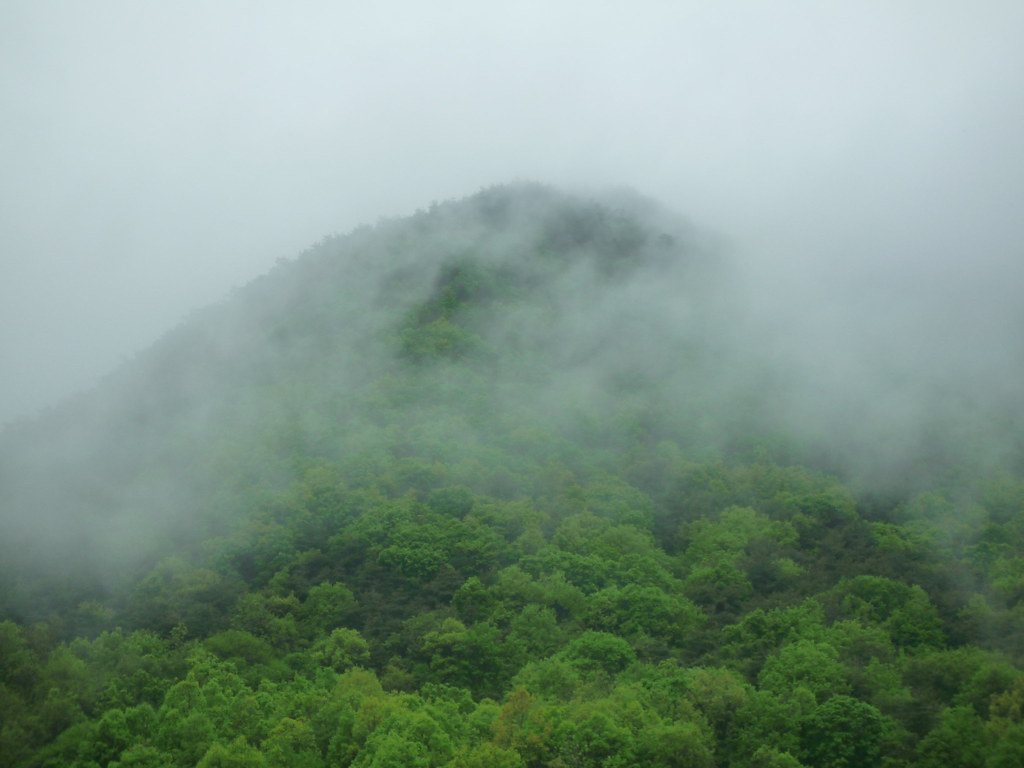
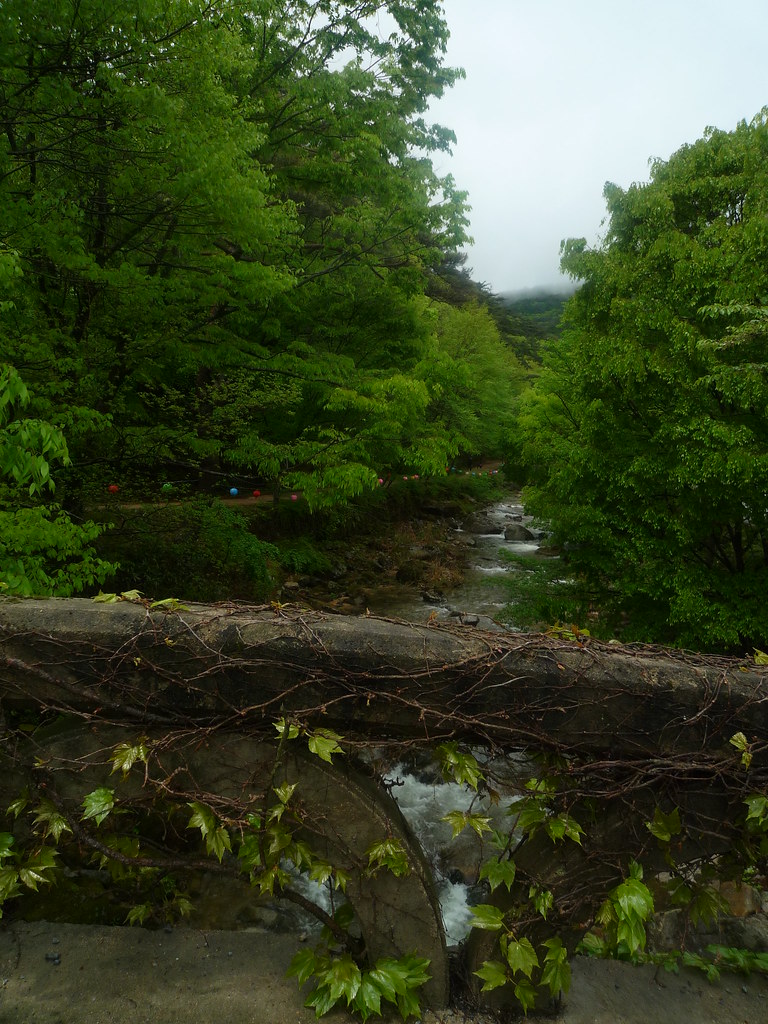
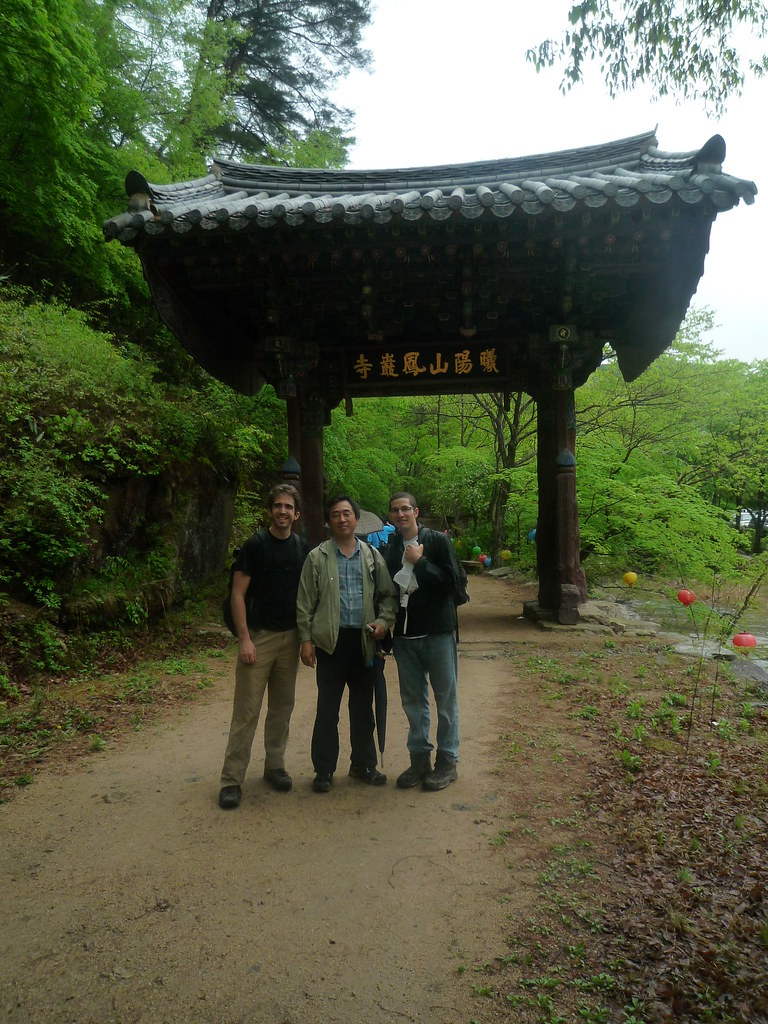
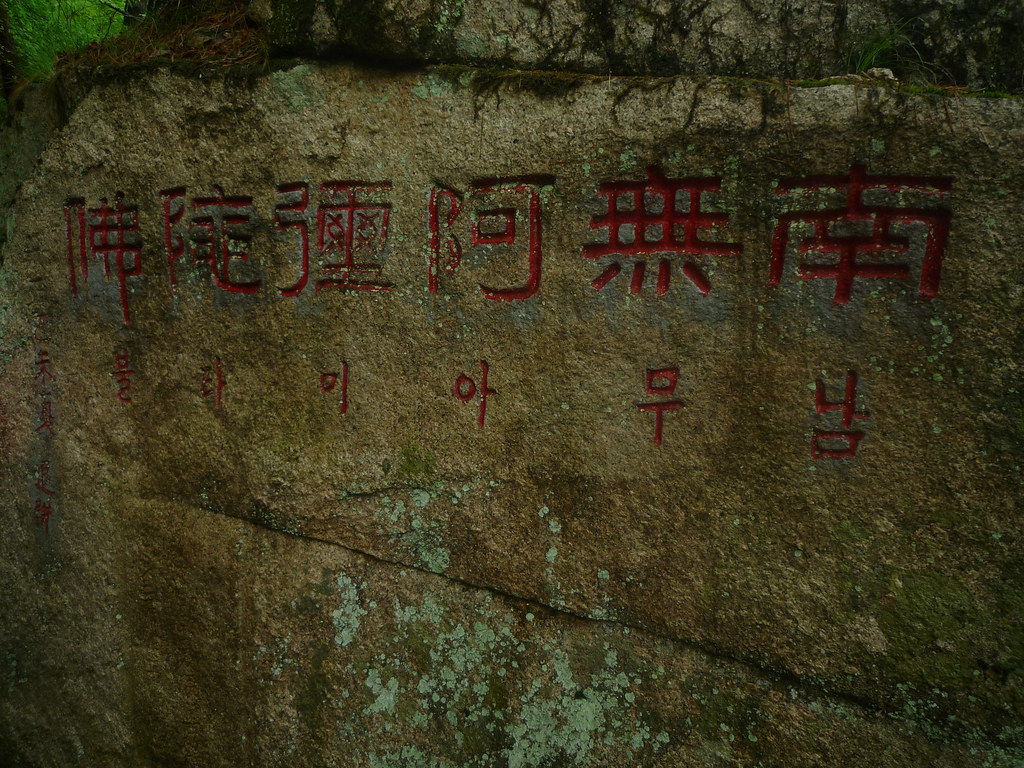

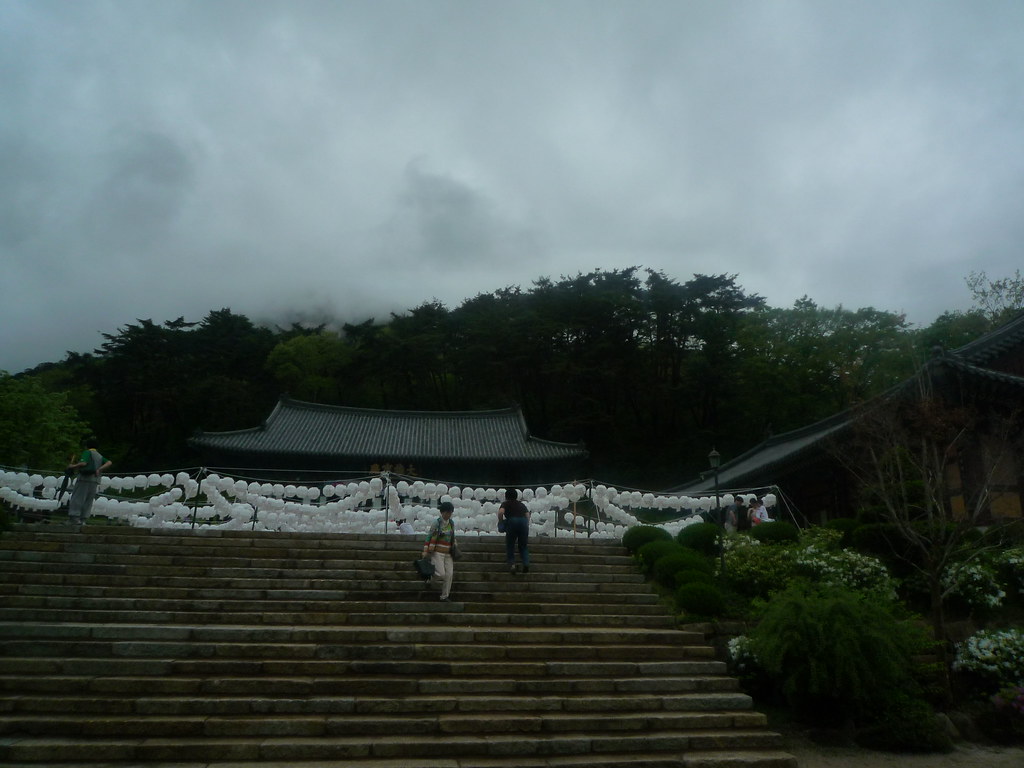
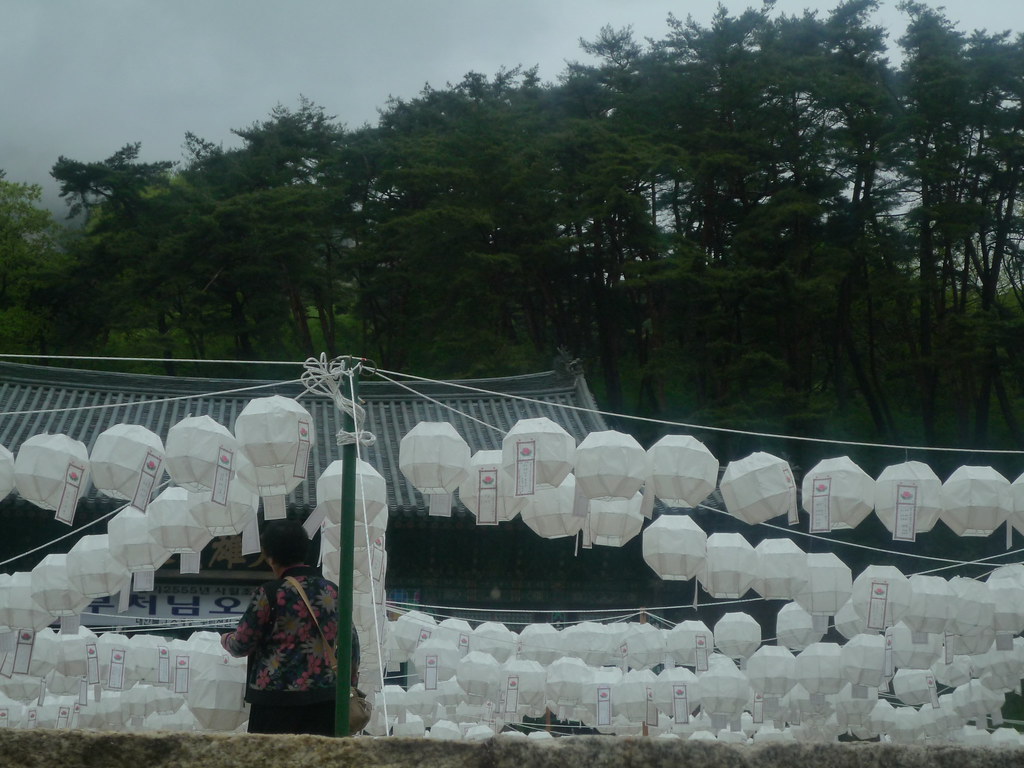
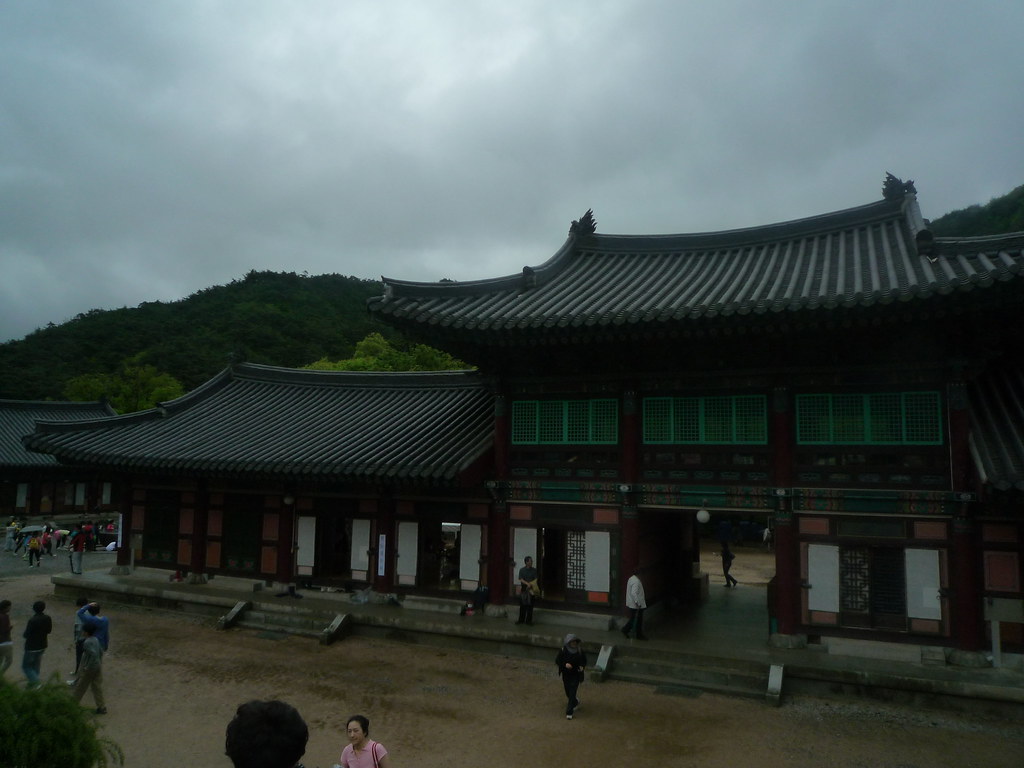
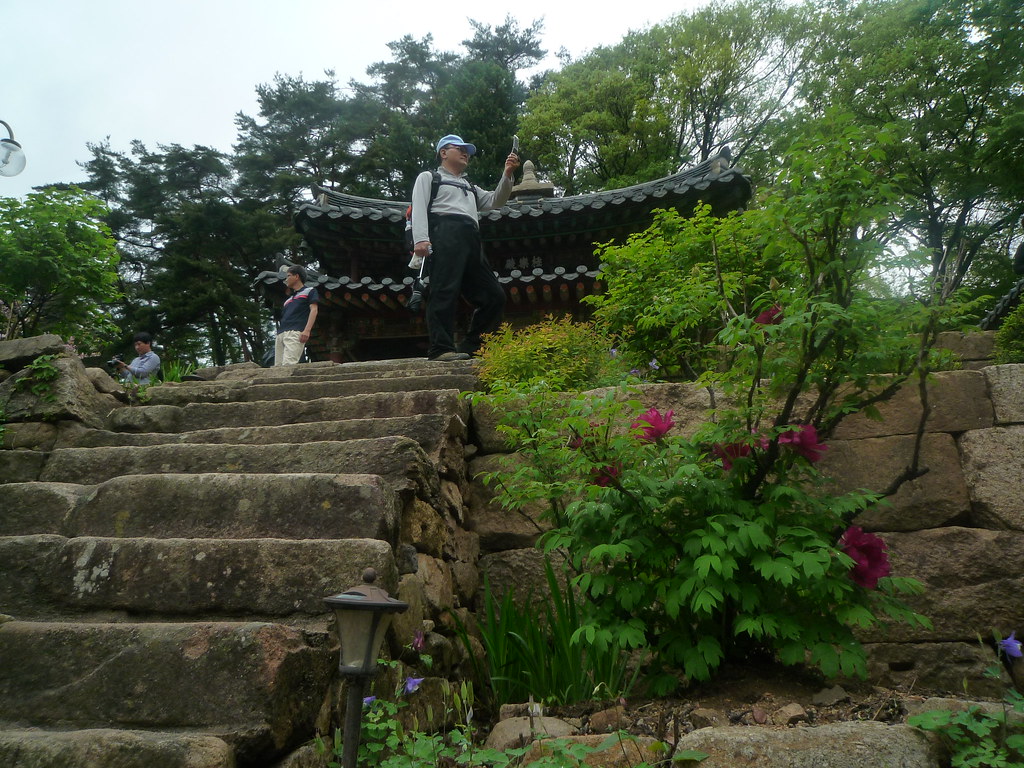

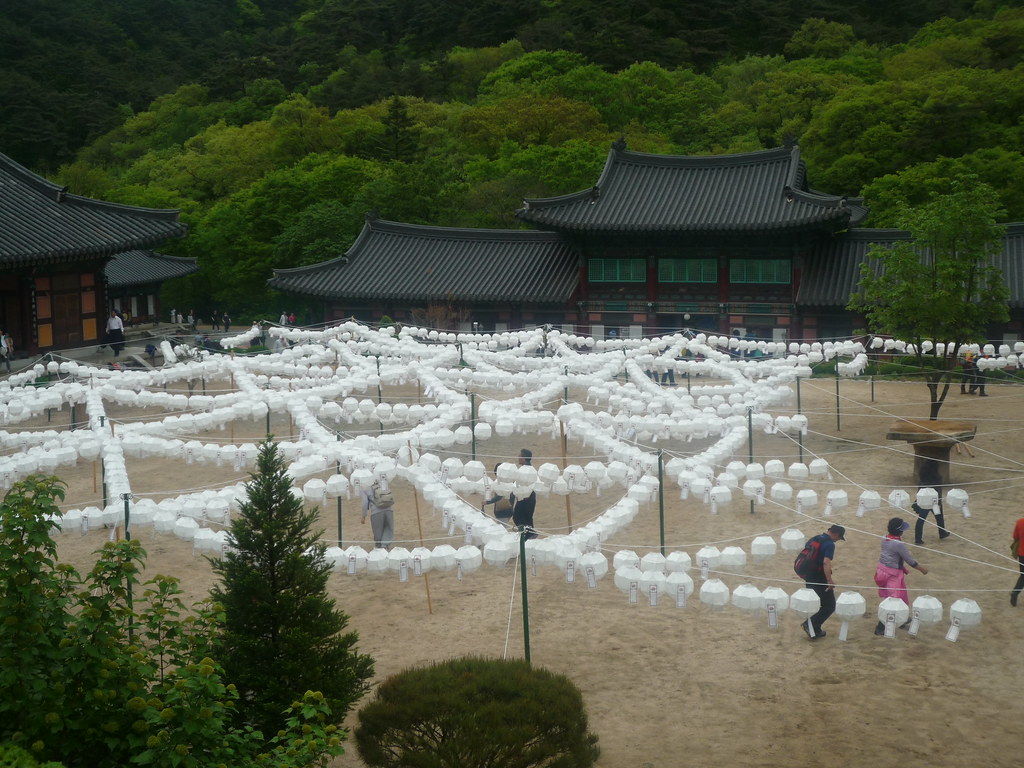
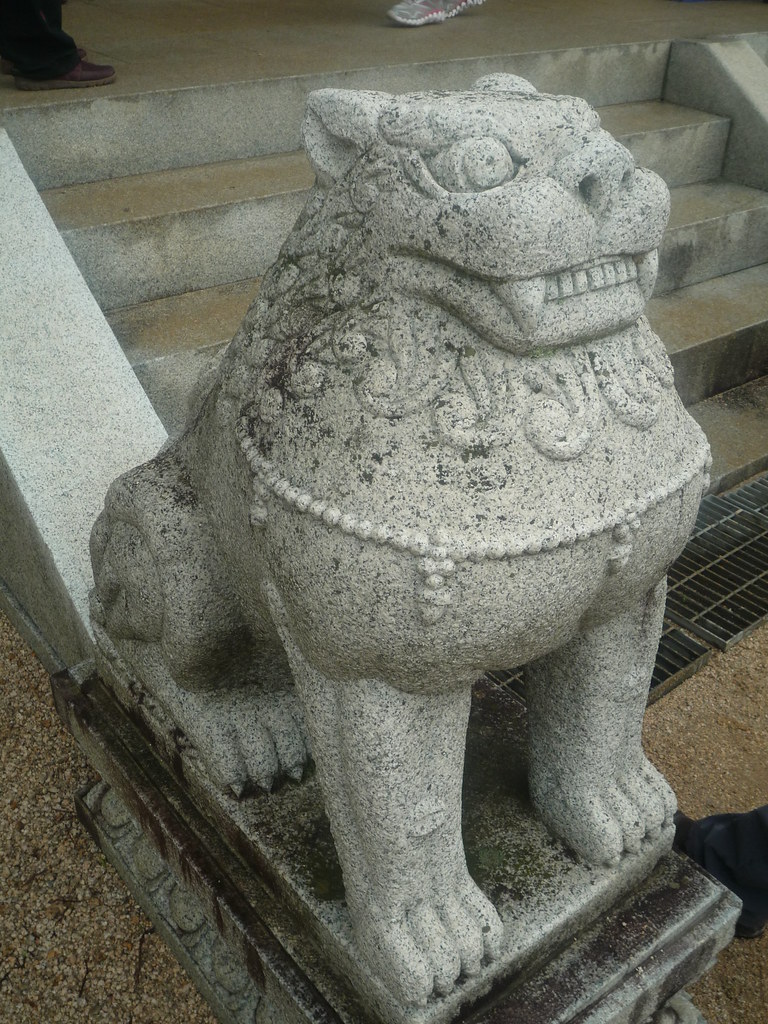
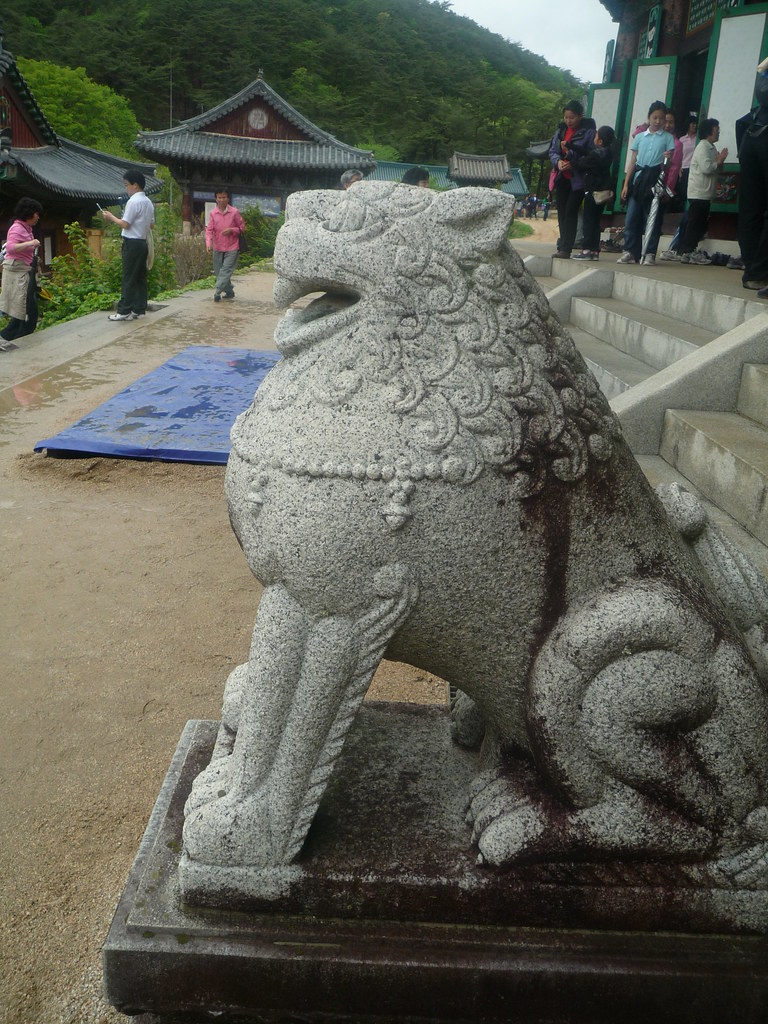
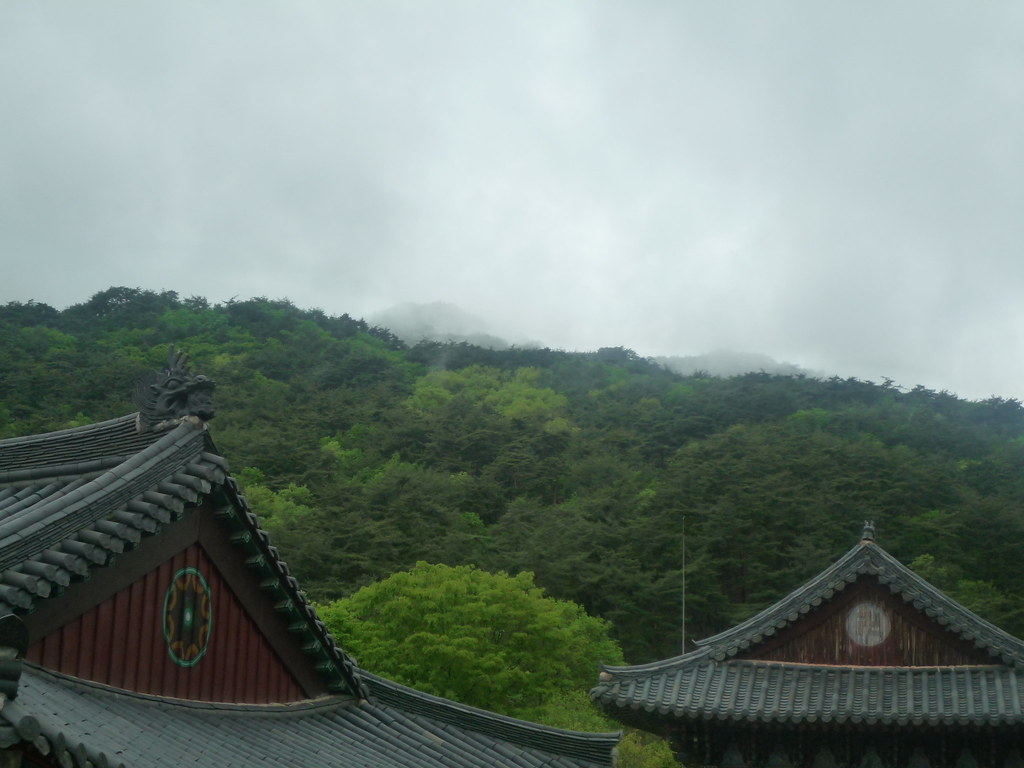
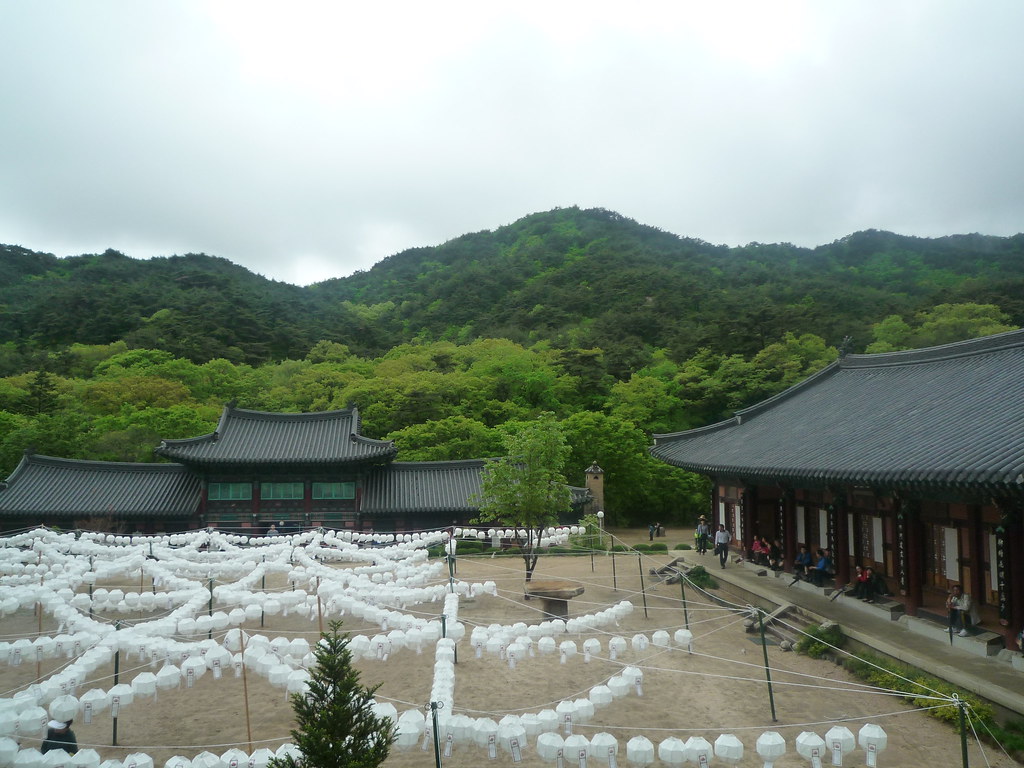
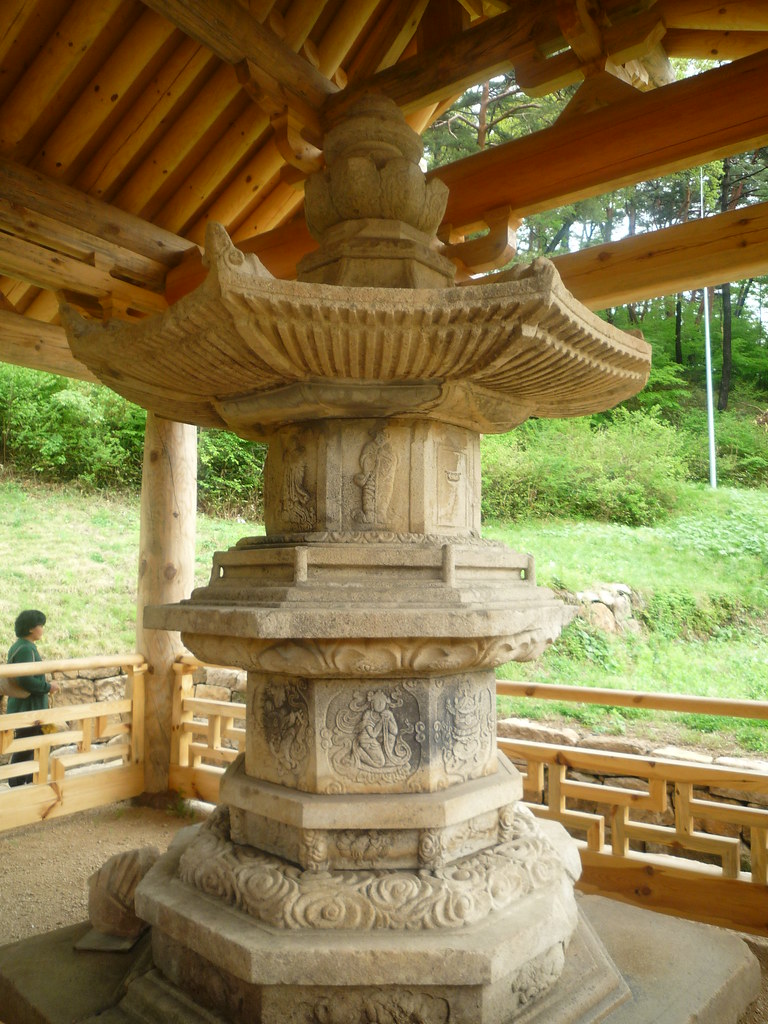
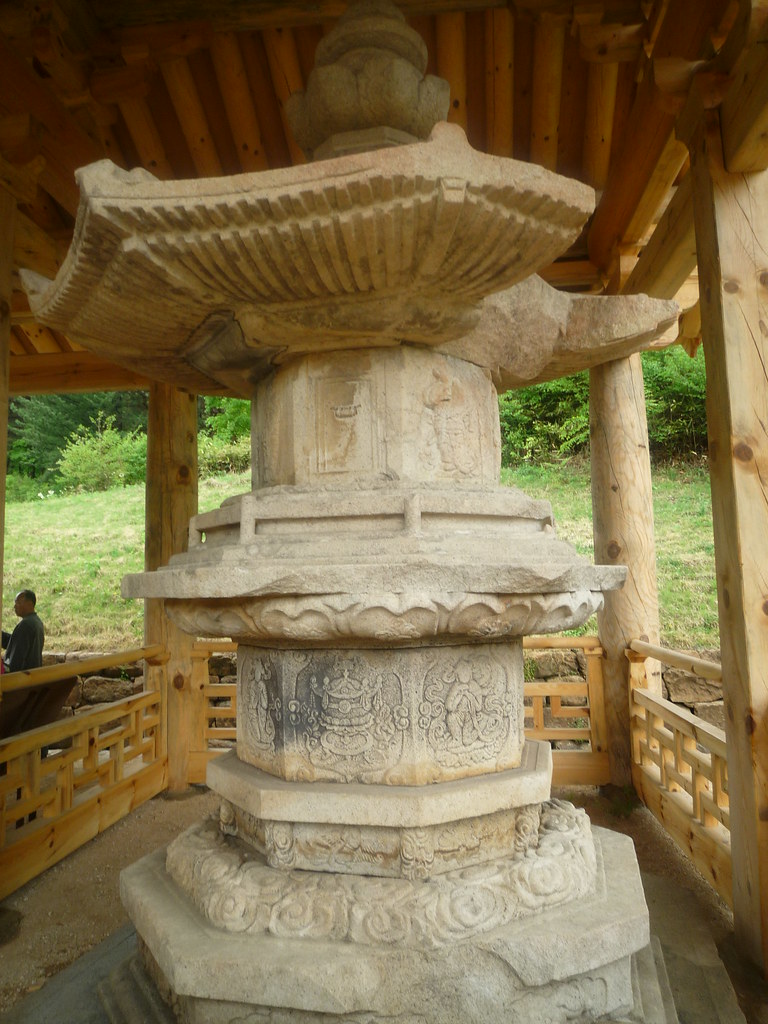
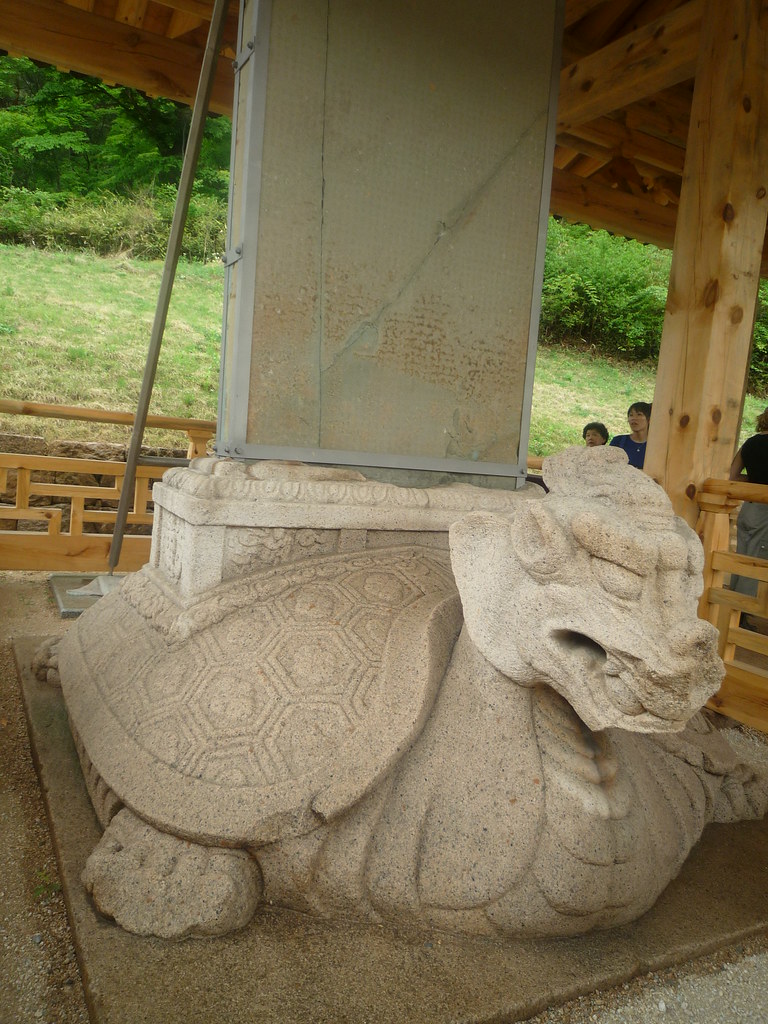
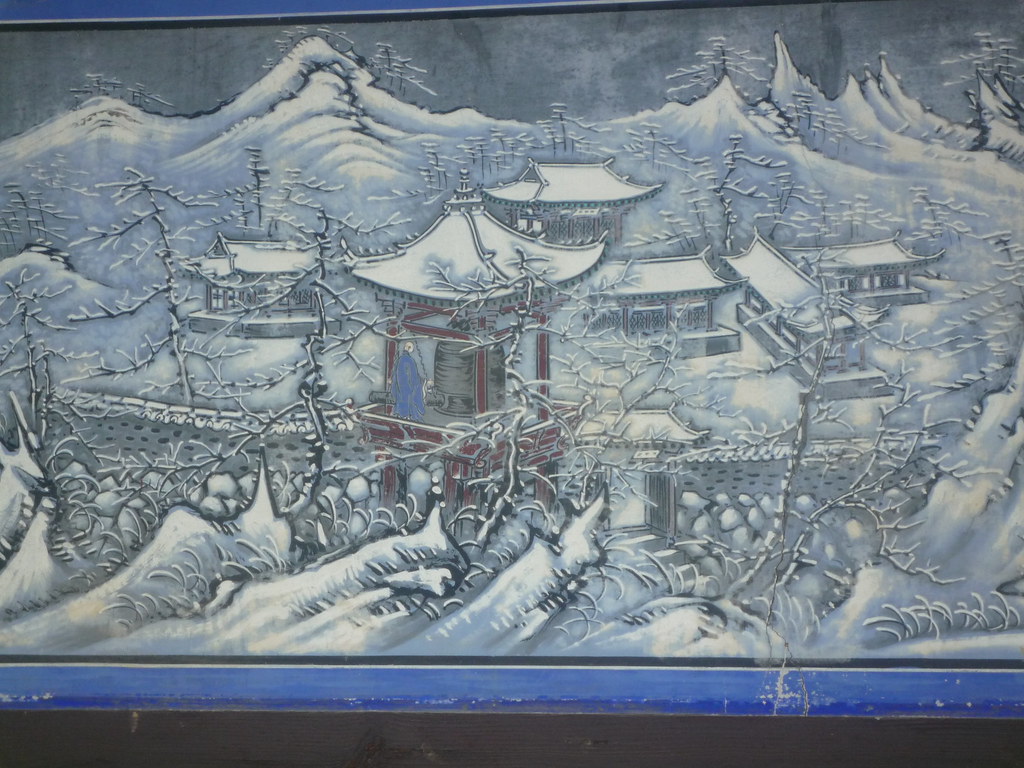
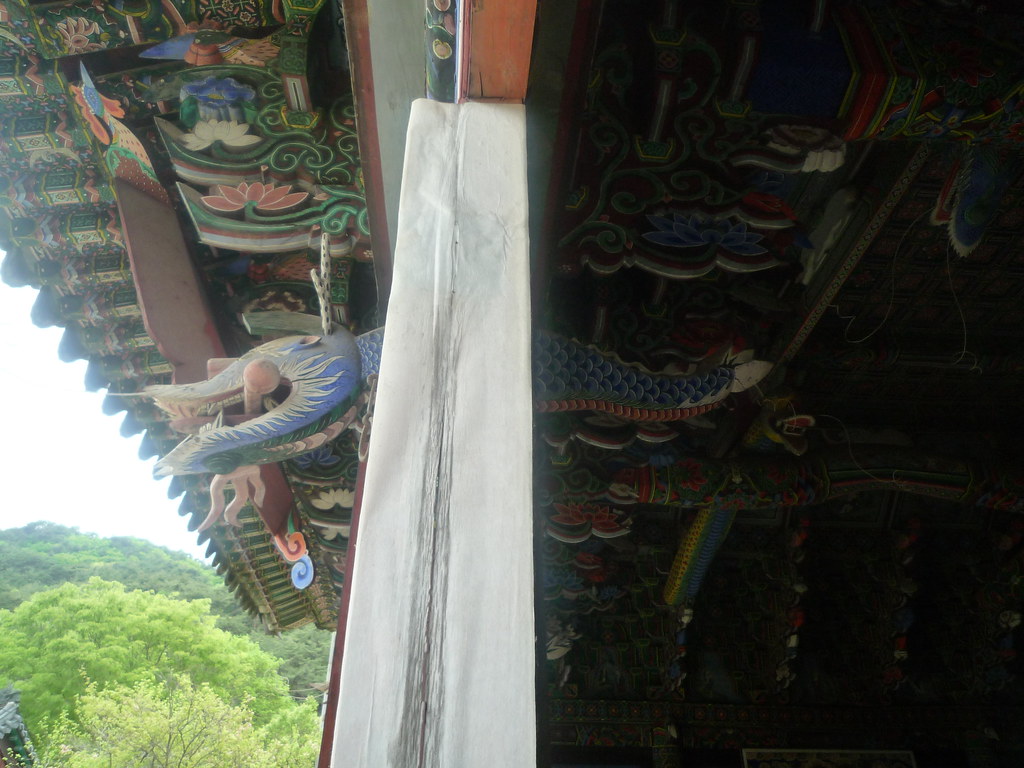
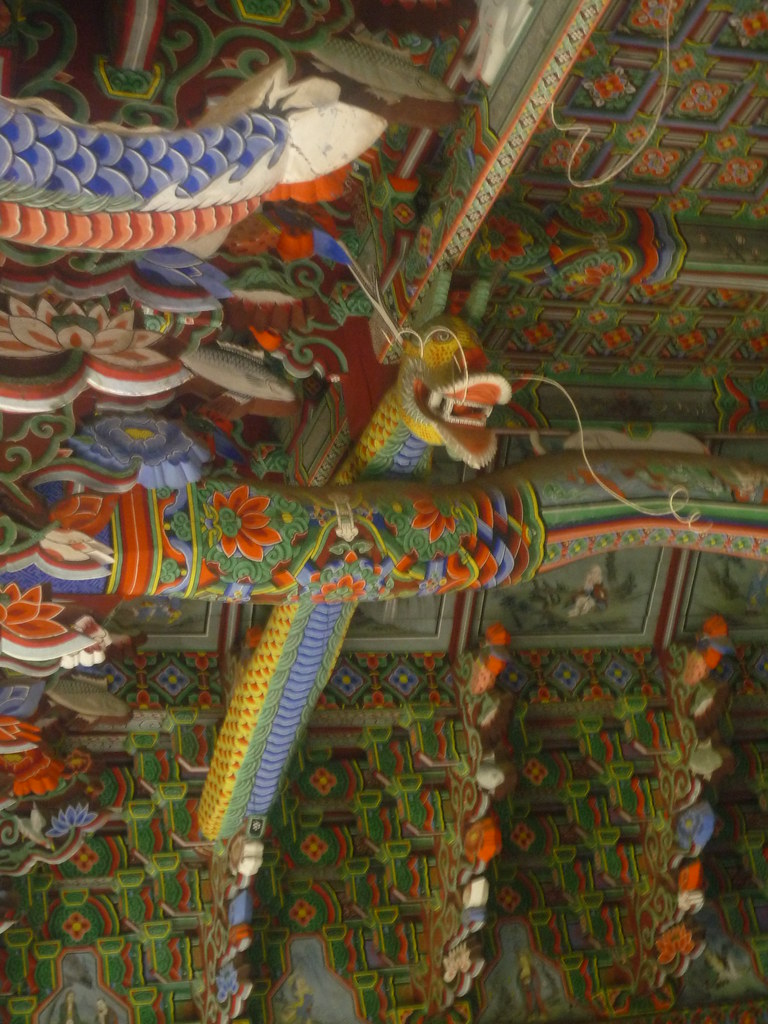
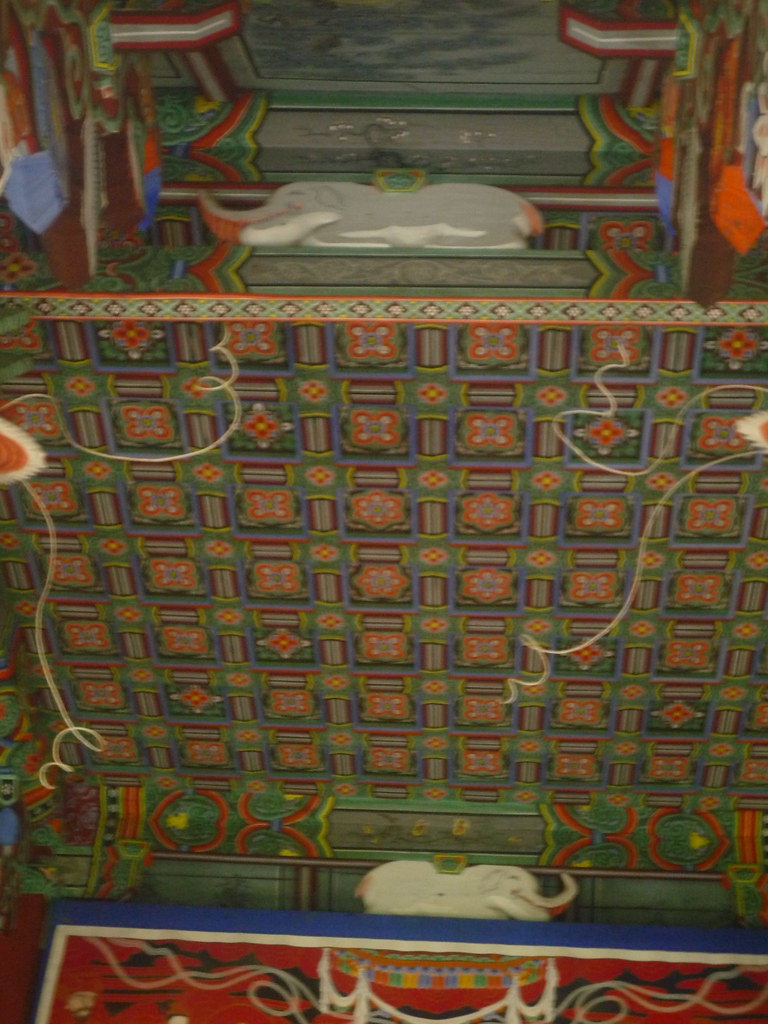

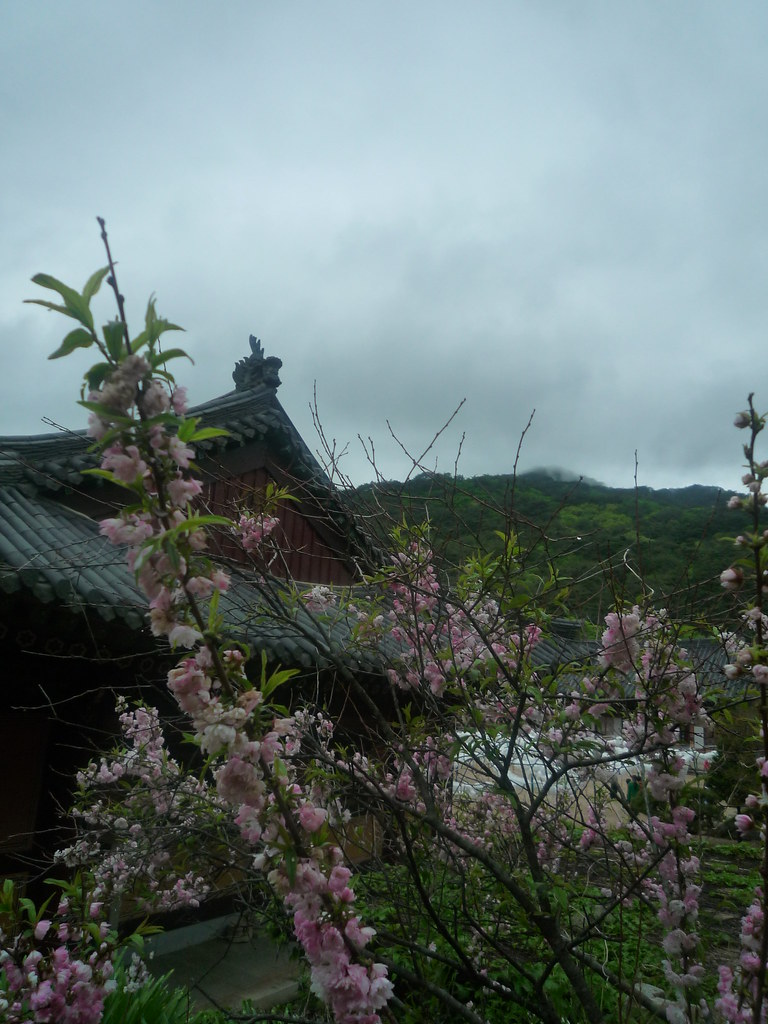
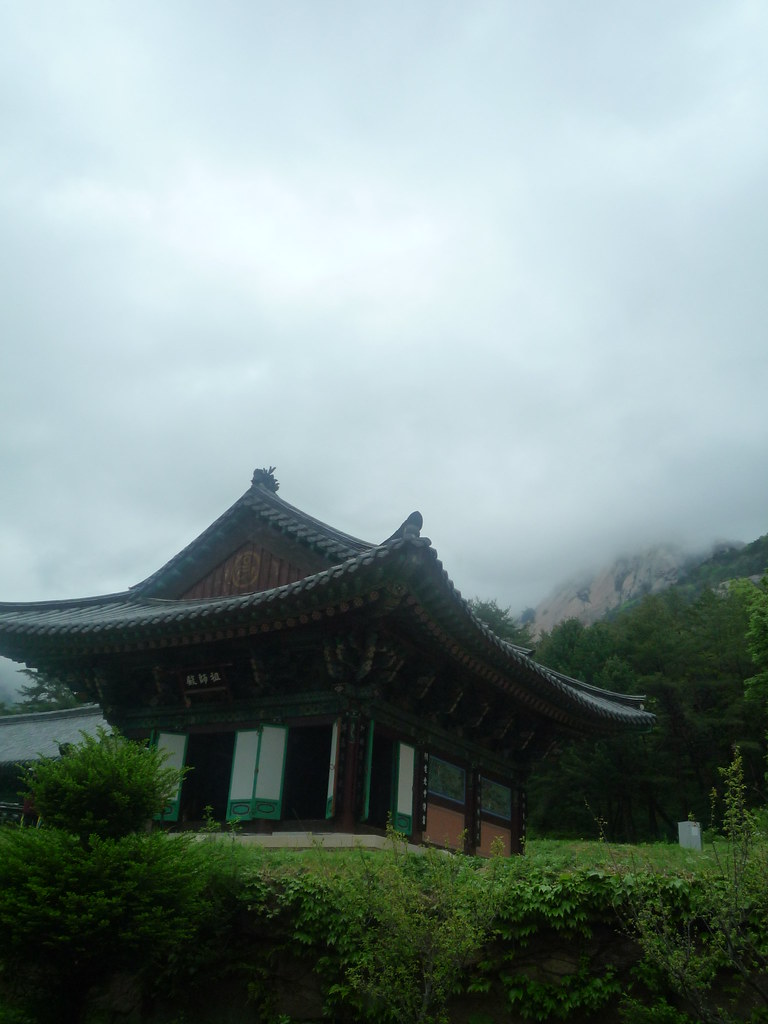

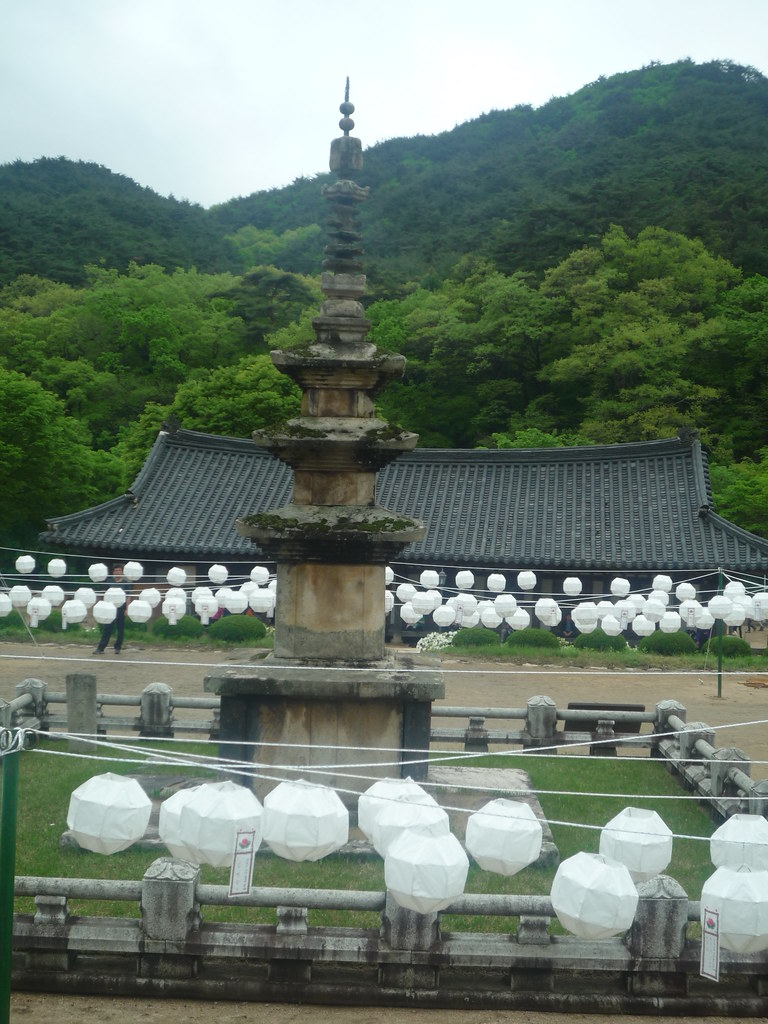
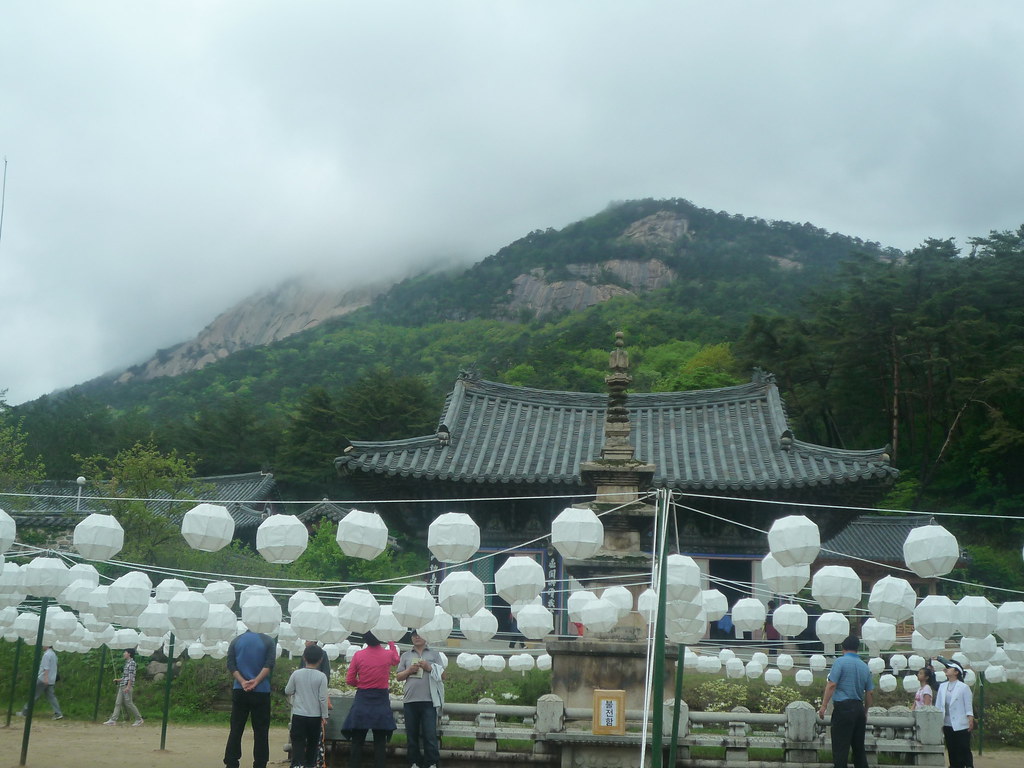
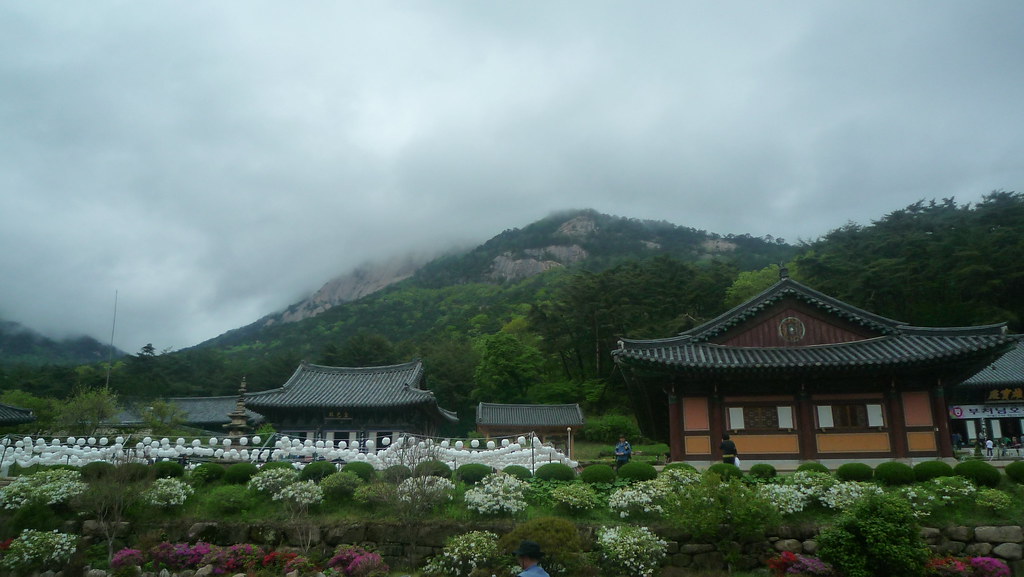
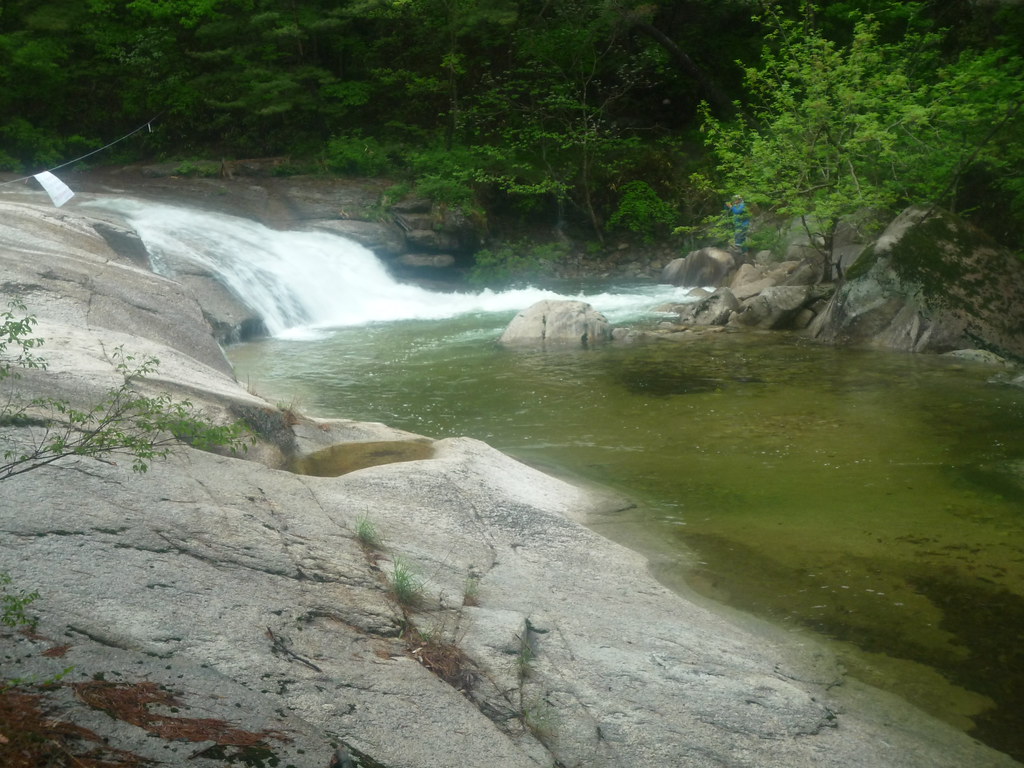
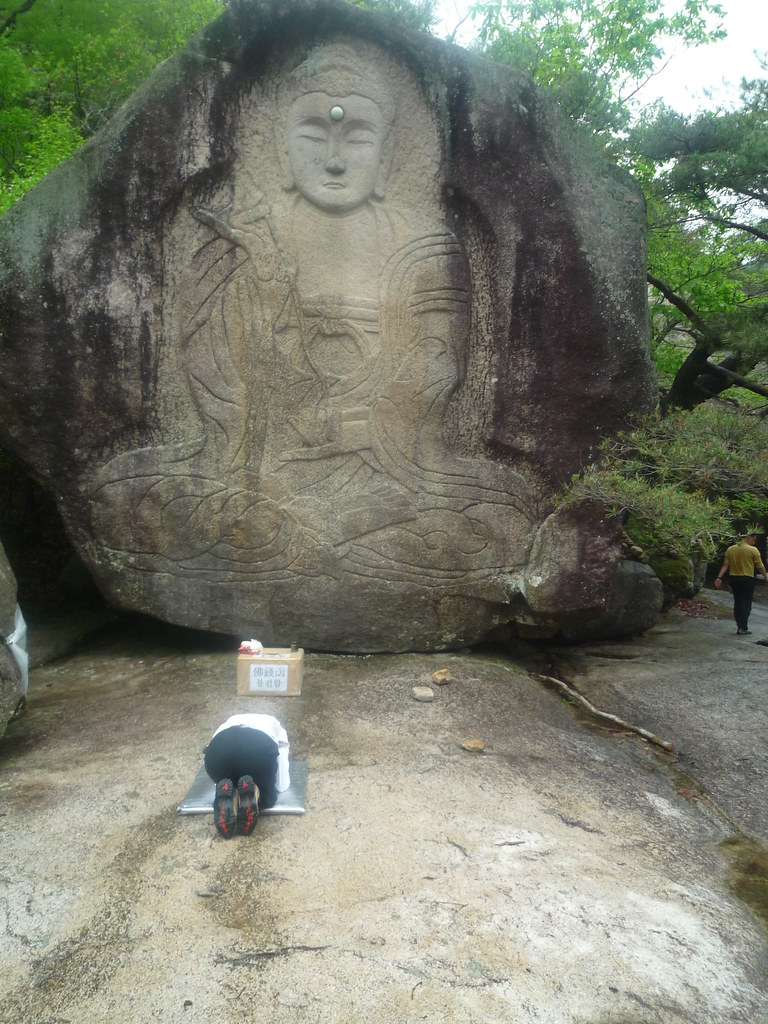

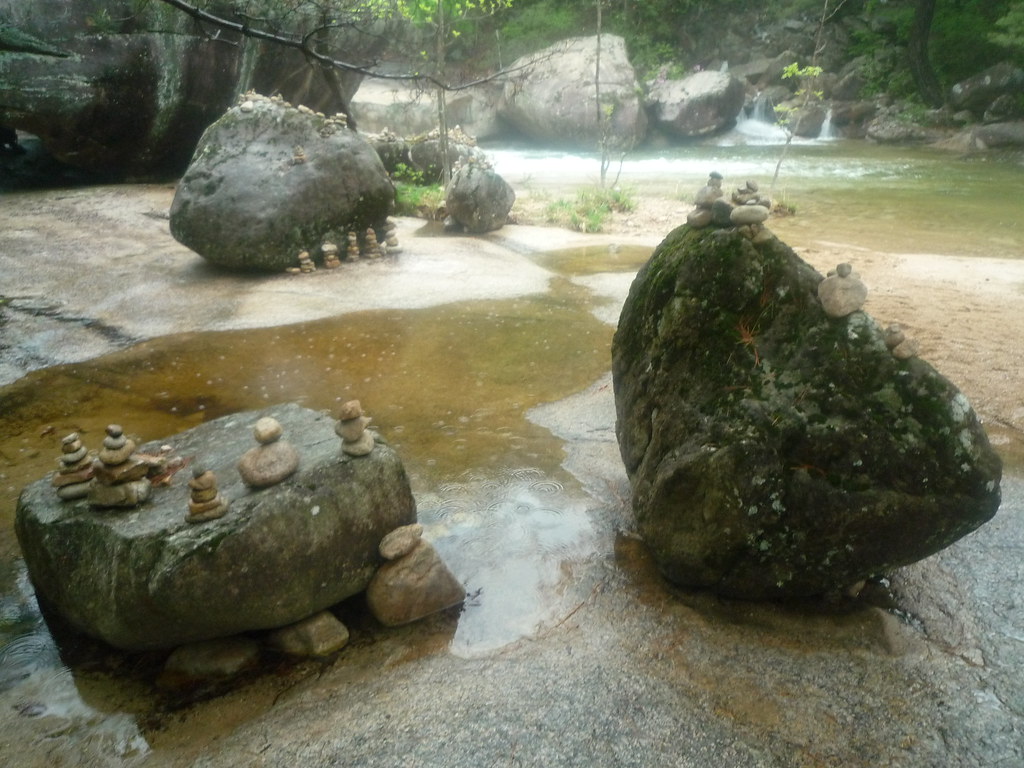
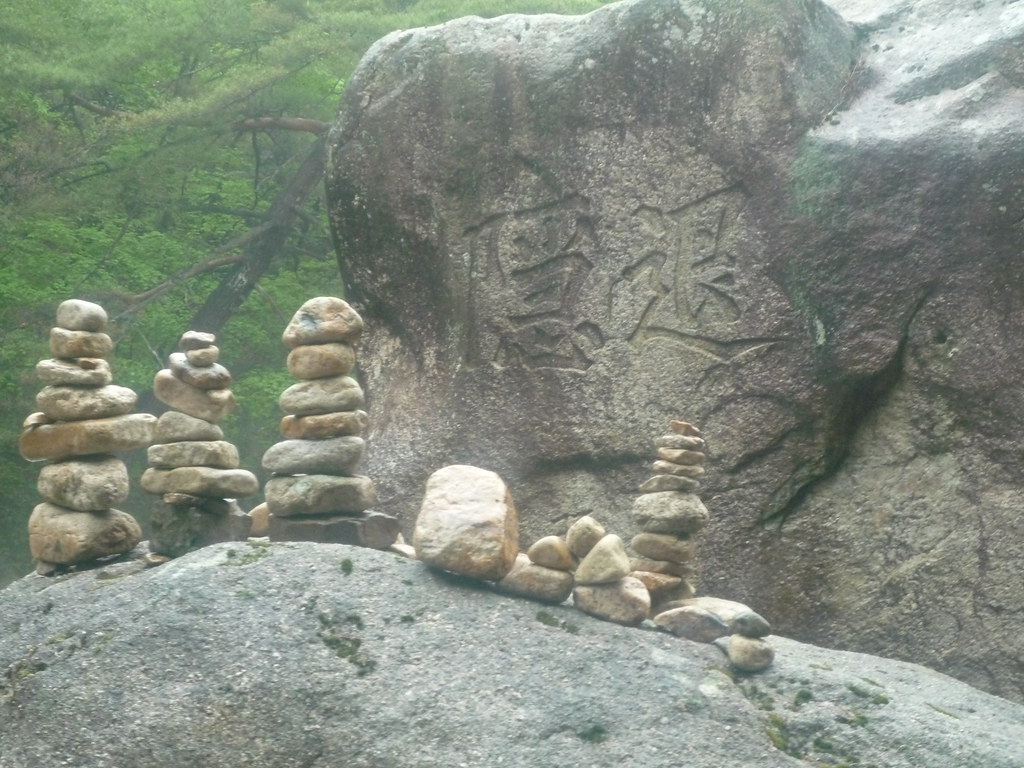

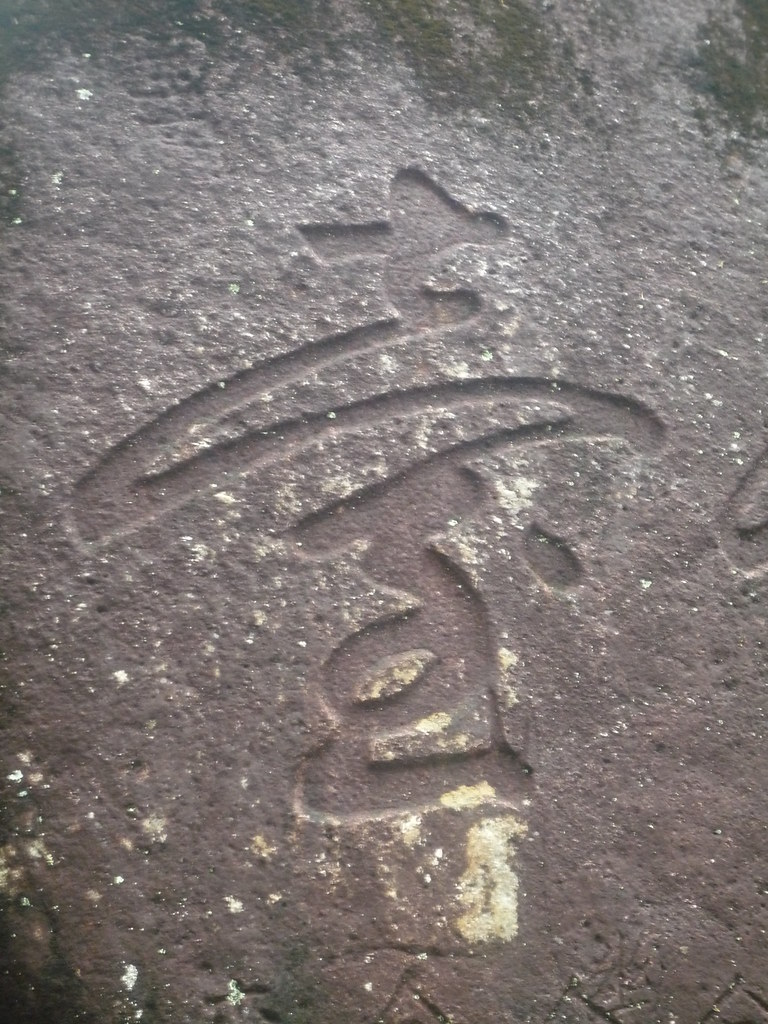
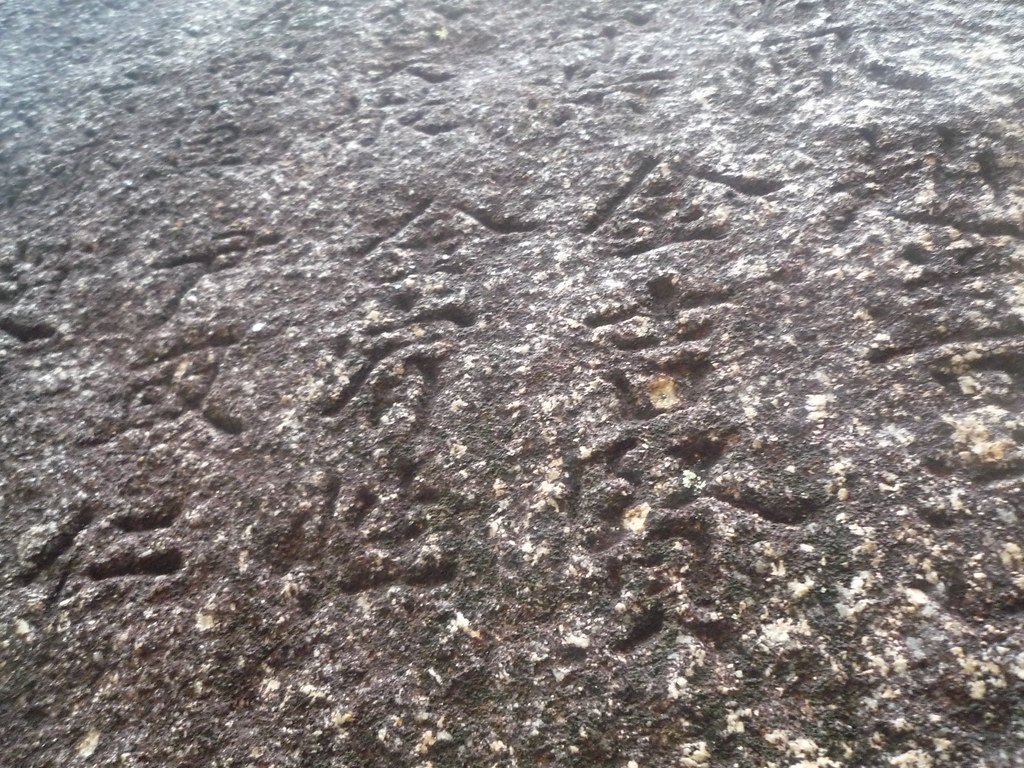

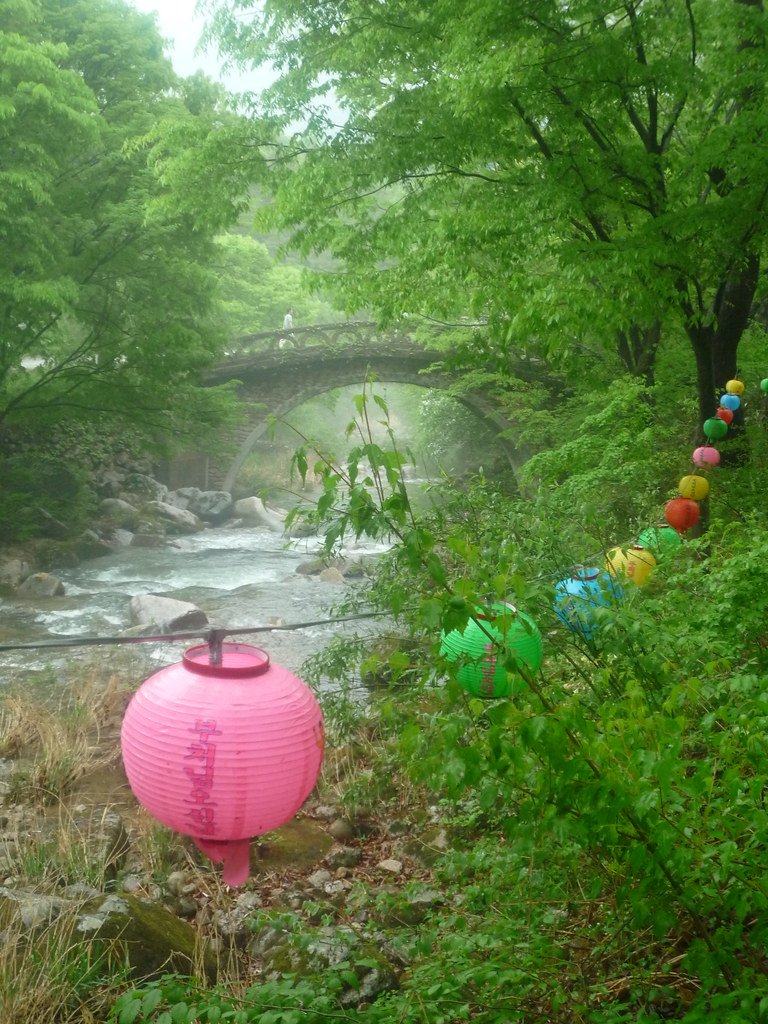
2 comments:
Landon, Thanks for posting about this amazing trip. It was my favorite trip in Korea!
I loved the pics and succinct descriptions with a touch of your humor. Hope you're well and living your dream!
Barb
I'm not sure if the last comment posted....thanks for posting about this amazing trip! I loved being there in the mist and the beauty!
Post a Comment